Substance Use Prevention and Harm Reduction
The national opioid epidemic began with widespread addiction to, and misuse of prescription painkillers. More recently, illegal drugs such as heroin and illicitly manufactured fentanyl are responsible for a majority of fatal overdoses. As well, a growing number of states are legalizing marijuana, still considered an illicit drug at the federal level, for medical and adult recreational use. Law and policy can help or hinder harm reduction and overdose prevention measures.
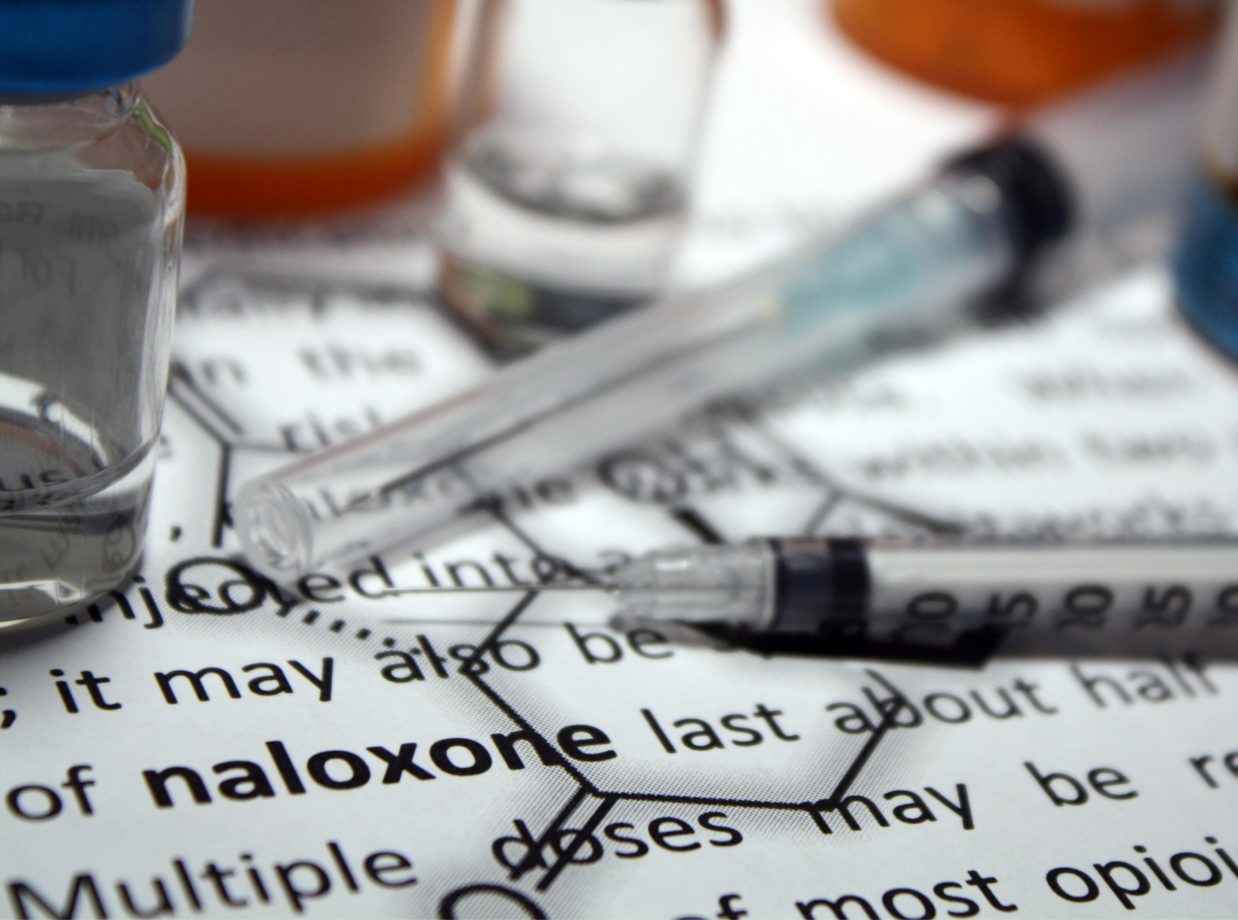
Explore a Sub-topic
Resources

Legality of Dispensing and Administering Expired Naloxone in the District of Columbia
Read More

Legality of Dispensing and Administering Expired Naloxone in Colorado
Read More
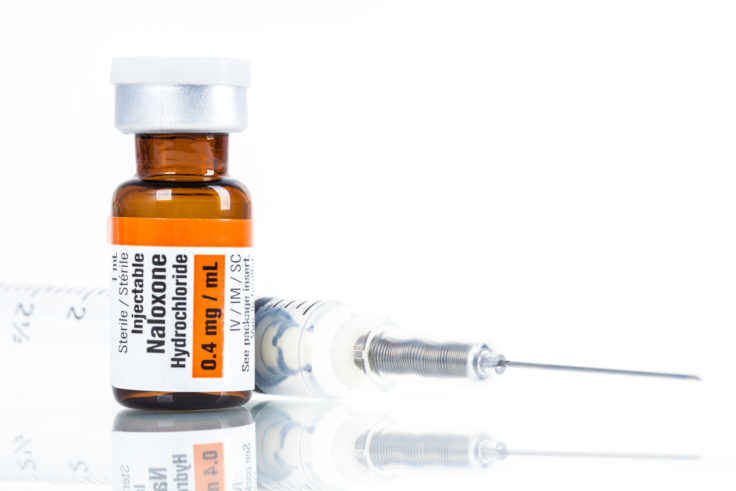
Legality of Dispensing and Administering Expired Naloxone in Illinois
Read More

Legality of Dispensing Naloxone to Minors in Pennsylvania
Read More

Legality of Dispensing Naloxone to Minors in Maryland
Read More

Harm Reduction Policy in Practice
Read More

Opioid-related Public Health Emergency Declarations
Read More
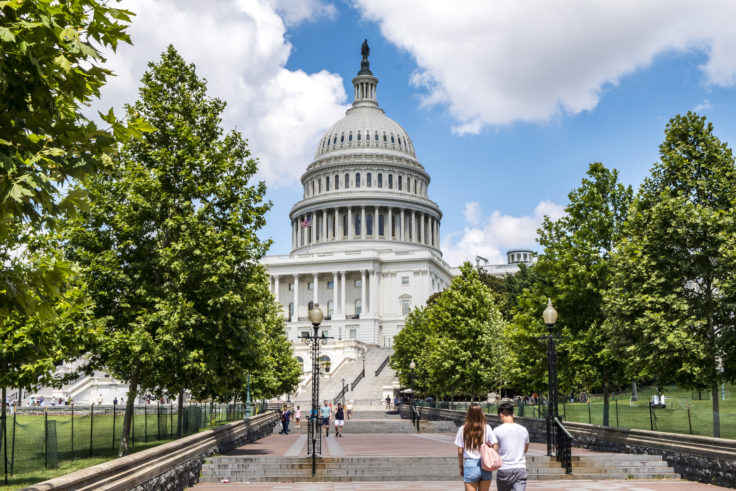
Key Public Health Initiatives: A Year in Review
Read More

Indian Health Service and Military Medical Prescription Drug Monitoring Program Requirements
Read More
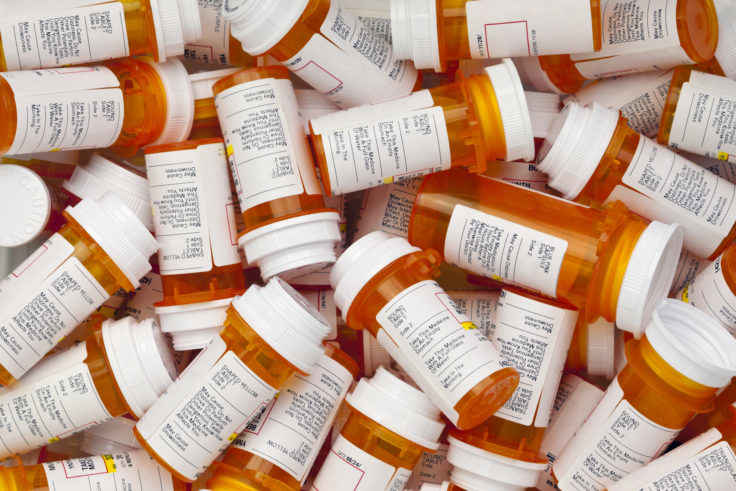
Litigation Against Opioid Manufacturers: Lessons from the Tobacco Wars
Read More

Fatal Overdose Review Panels
Read More
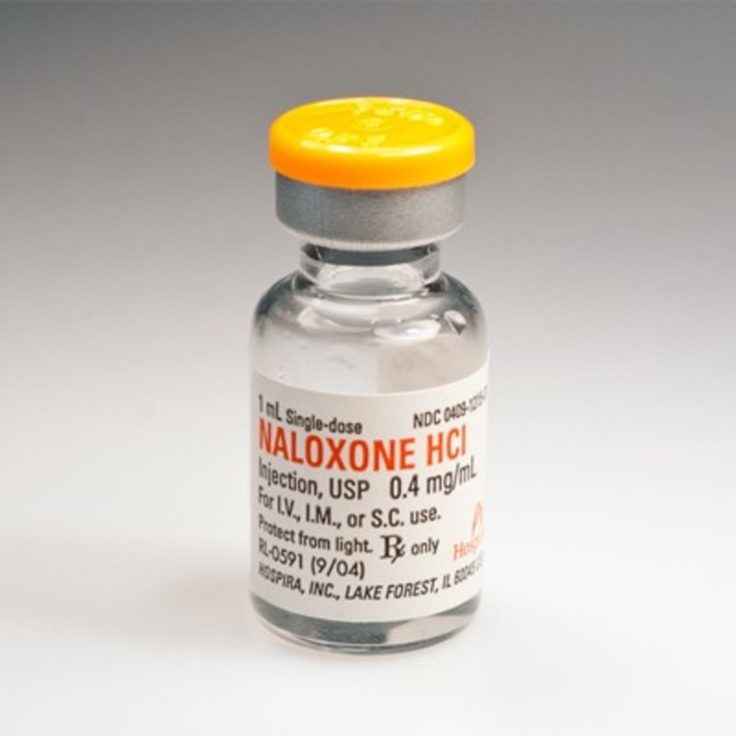
Declared States of Emergency – Opioid Crisis
Read More
Spotlight
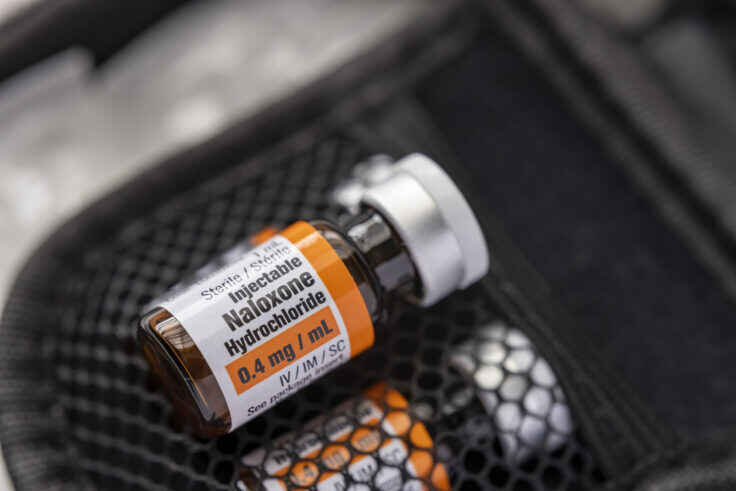
A New Argument from DOJ May Help to Increase Disability Protections for People Who Use Drugs
Read More

Overdose Mortality Is Trending Down, but the Story is Different for Elder Black Men
Read More

Three Federal Tobacco Regulatory Measures Up for Change in 2025
Read More
Explore Topics
Related Healthy Living Resources
How we can help
Legal Research and Assistance
Experienced legal experts are available to answer questions and provide research, analysis and guidance. Tell us what you’re working on. We’re ready to help.







